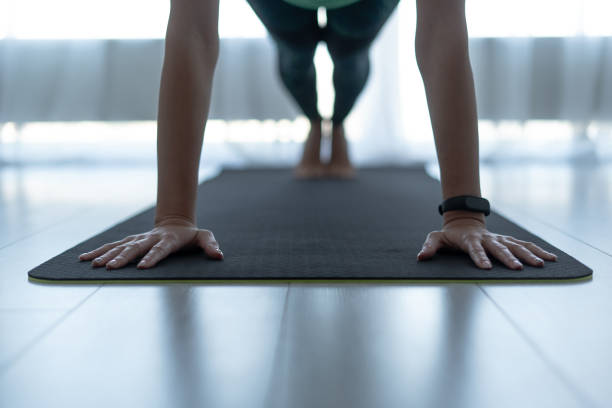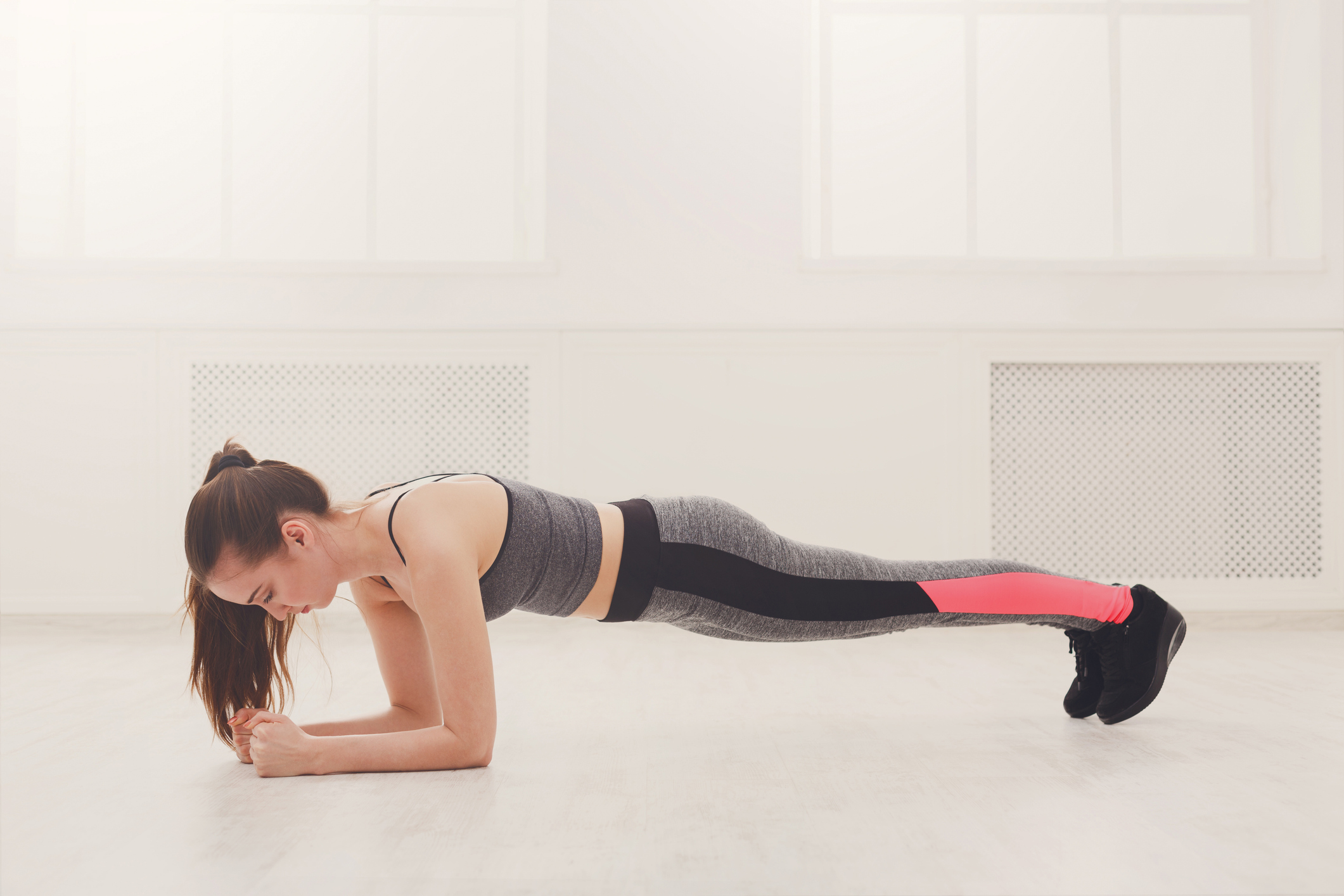In just 20 seconds a day, this exercise can help you strengthen your core and improve your posture.

In the world of viral challenges circulating on social media, there are proposals for all levels: from the most accessible to those that require real effort. One of the challenges that had the most impact on platforms is the #plankchallenge, a plank challenge that invites people of all ages to test their strength and endurance.
The plank, or its name in English, involves maintaining a position similar to that of a push-up, except that in this case the body remains in that position and does not descend.
"It's an isometric exercise, meaning it doesn't require as much biomechanical joint mobility as, for example, traditional sit-ups, which, because they're dynamic, can injure the lumbar spine, waist, and pelvis. In the plank, the body remains fixed, maintaining the same position," says Javier Furman, physical therapist and kinesiologist.

You'll do 10 repetitions of this exercise. Photo: iStock
Italian fitness influencers Linda Morselli and Renata Zanchi launched the challenge, saying, “For 30 days, we'll try a plank challenge. Not in shape? Neither are we. We'll start with just 20 seconds a day and gradually work up to five minutes.”
Thus, it is estimated that by day 12 of the program, it should be possible to hold the pose for about 2 minutes, and by the end of the challenge, 5 minutes straight.
The goal is specific: to strengthen the core, the central part of the body that connects the main muscle chains. According to Harvard Medical School, this is the most important part for building endurance and tolerating other types of physical exercises.
Benefits of the #plankchallenge "It's easy to do and has few adverse effects or contraindications. It's very difficult to injure yourself while doing planks, and the reason it's so highly recommended is due to its many benefits," says Furman.
A review of studies published in the Journal of Sports Physiotherapy highlights the benefits of planks in improving posture and balance. It concluded that regularly incorporating plank exercises into training programs can contribute to proper body alignment, which is critical in preventing musculoskeletal injuries and improving physical performance in various sports activities.

The plank strengthens your core and glutes. Photo: iStock
According to Furman, the benefits of planks range from physical to muscular, joint, and even metabolic ; although he emphasizes that their primary function is to strengthen the core and then reinforce all the body's muscle chains.
He also notes that it can be a static or dynamic movement, that it doesn't require external equipment or going to the gym, and that it improves posture.
One example of what the expert mentions is a 2013 study published in The Journal of Strength and Conditioning Research that closely observed 20 participants and found that abdominal-focused exercises that involved the distal core muscles—such as planks—were more effective at activating and strengthening the abdominal muscles than those that didn't . In turn, they noted that planks were more beneficial for improving endurance, balance, and maintaining mobility.
It is simple to do and has few adverse effects or contraindications.
Another study, titled “Effectiveness of Core Stabilization Exercises and Routine Exercise Therapy in the Treatment of Chronic Nonspecific Low Back Pain,” involving 120 people with chronic nonspecific low back pain, showed that after six weeks of observation, core stabilization exercises were more effective than other physical therapy exercises in relieving low back pain.

The abdominal plank Photo: iStock
Cleveland Clinic Hospital—a prestigious academic medical center based in the United States—warns that those who exercise should not experience any back or shoulder pain. If you do, the institution recommends consulting a healthcare professional to ensure the discomfort isn't a warning sign of a more serious condition.
THE ARGENTINE NATION (GDA)
eltiempo



